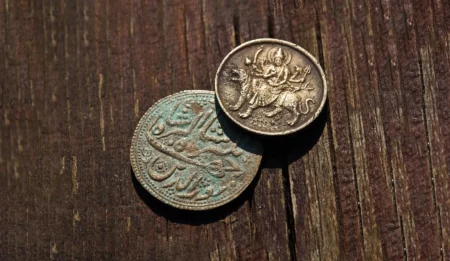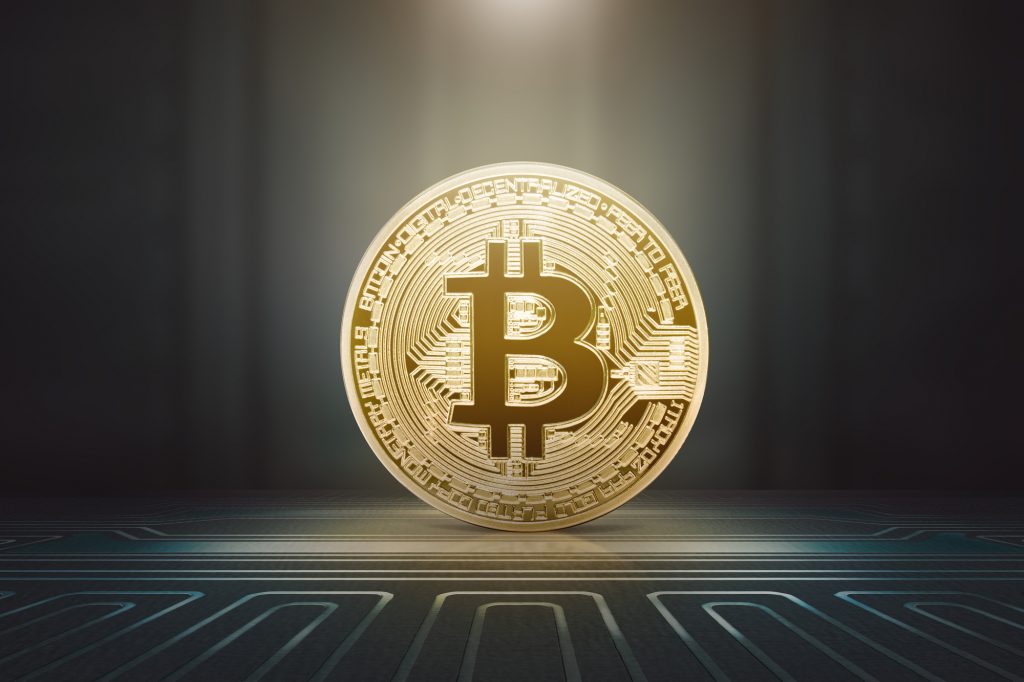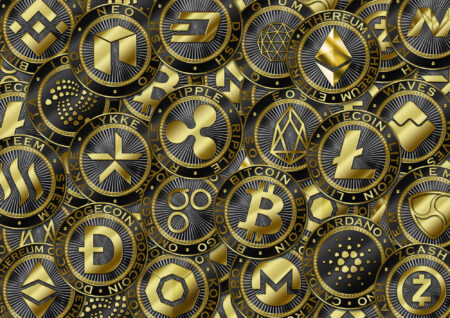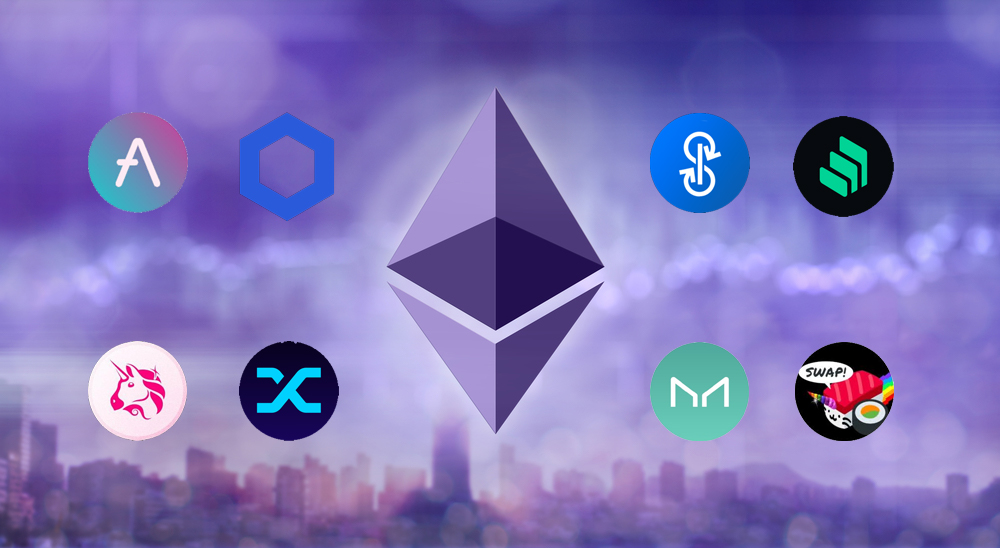What are blockchains and cryptocurrencies? Here at the Academy, we will guide you through the relevant topics in a nutshell. The various sections provide basic knowledge on the most important topics. The individual knowledge blocks contain further links for those with a thirst for knowledge.
The CVJ.CH Academy covers the following topics:
Blockchain
Blockchain technology is nothing more than a type of structured database. Data is organized into a series of linked blocks. These blocks are added according to a specific set of rules. Networks can be created that consist of decentralized physical computers that work together to form a single virtual computer. Any computer can become part of this larger virtual computer as long as it follows the consensus procedure.
What is blockchain technology and what is it used for? Basics and explanations with further resources in the CVJ.CH Academy.
Money
Blockchain technology, combined with cryptography, makes it possible for the first time to transfer value over the Internet without the intermediary or third party. The first groundbreaking concept for such a decentralized payment network was Bitcoin. The creators of this digital currency not only defined the structure of the payment network, but also the monetary policy. Bitcoin is designed as a scarce digital asset, modeled after precious metals.
Everyone uses it, but few know the history of our number one medium of exchange. Money – from its origins to the present day.
Bitcoin
The concept for this decentralized payment network, including a digital currency, first appeared on the Internet in 2008 in a short description (white paper). Under the pseudonym Satoshi Nakamoto, published the first implementation which evolved to the reference implementation “Bitcoin Core”. The white paper created the building block for a decentralized electronic payment network. Blockchain technology solved the previously unsolvable problem of transfer value over the Internet without having to trust a central authority. Transactions and accounting are secured on a number of connected computers in the network. The currency within this payment network is called Bitcoin (BTC).
What is Bitcoin? The decentralized network represents the first functional concept capable of transferring value…
Cryptocurrencies
Bitcoin has been followed by countless new cryptocurrencies and blockchain projects. In addition to the transfer of value, some of these tokens have more advanced functions. Through smart contracts, decentralized applications, so-called dApps, can be developed and run on the respective platforms. With this additional functionality, a number of use cases from the financial sector or other areas can be efficiently executed without the involvement of a counterparty. In this case, the underlying tokens are used as payment currency to execute a transaction. The rapidly growing field now includes different types of tokens and use cases.
Through cryptocurrencies, digital trading and payments are enabled in real time and without central instances.
Decentralized Finance (DeFI)
The majority of these smart contracts are in the field of decentralized finance (DeFi). This is a relatively young industry. In the early 2020s, a broad ecosystem of decentralized, transparent and open protocols has emerged. These DeFi applications mostly represent traditional financial instruments on the Ethereum blockchain. Currently, the most popular use cases are decentralized exchanges and credit markets that do not require third parties.
What is DeFi and what is it used for? Basics and explanations, as well as additional resources, in the CVJ.CH Academy.
Investment, Trading and Speculation
Cryptocurrency trading has been a staple since its inception, and has been the dominant source of profitability in the crypto ecosystem to date. The space is dominated by crypto exchanges. Traditional exchange providers, such as those from the stock market, are slowly finding their way into the crypto market. However, there are now some listed products on traditional exchanges that track the price movements of major cryptocurrencies. The whole world revolving around investments and cryptocurrency trading.
What is DeFi and what is it used for? Basics and explanations, as well as additional resources, in the CVJ.CH Academy.
Non-Fungible Tokens (NFTs)
Non-fungible tokens (NFTs) democratize digital commerce. They enable participation in decentralized organizations (DAO) or shares of tokenized assets (STO). The NFTs specific rights are written into the smart contract and enable new business models. The ownership of an NFT can be a key, a right or a ticket, depending on the stored function. Recently, digital art has attracted the most attention, although the sustainability of the values and pieces is not entirely undisputed. In virtual worlds and online games, unique tokens are used to represent names, things and objects. The digital assets (NFTs) can be traded directly peer to peer, but can also be auctioned off through marketplaces such as Opensea.
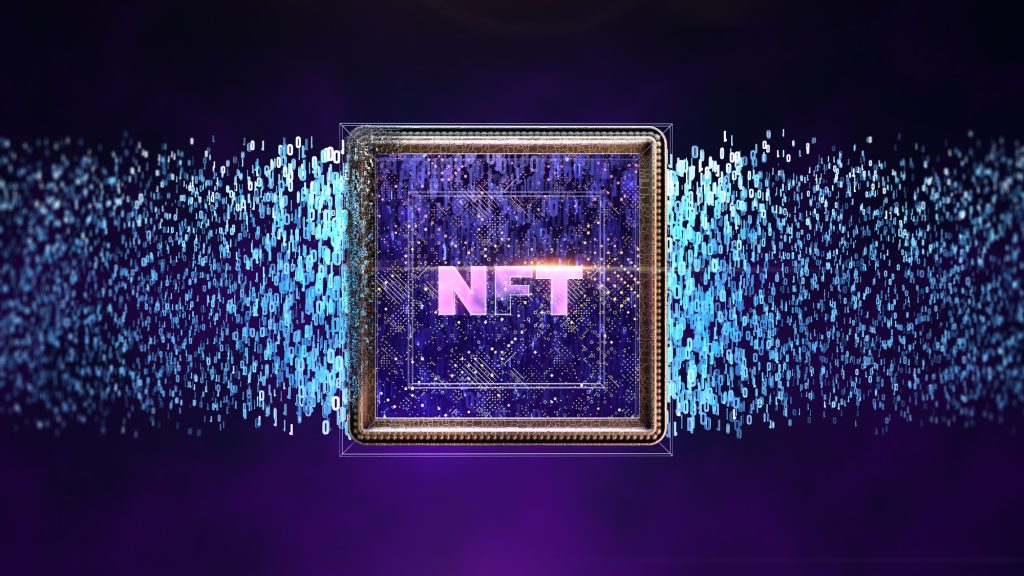
Non-Fungible Tokens (NFTs)
Since 2019, it has been possible to create unique non-fungible tokens (NFTs) on Ethereum. This has led to an unstoppable trend in the digital art industry.
Dealing with Cryptocurrencies
Thanks to blockchain technology, the user becomes his own bank. He can trade, transfer and secure assets without intermediaries. But how is this possible? First of all, an electronic wallet is needed. The wallet is used to store and transfer cryptocurrencies. But storing and sending cryptocurrencies is only the beginning. With the development of smart contract platforms like Ethereum, extensive applications such as lending and borrowing, trading, and other uses cases are now possible.

1×1 in dealing with cryptocurrencies
Acquiring and dealing with crypto can seem overwhelming at first. Here is a rough introduction to handling and using cryptocurrencies.



